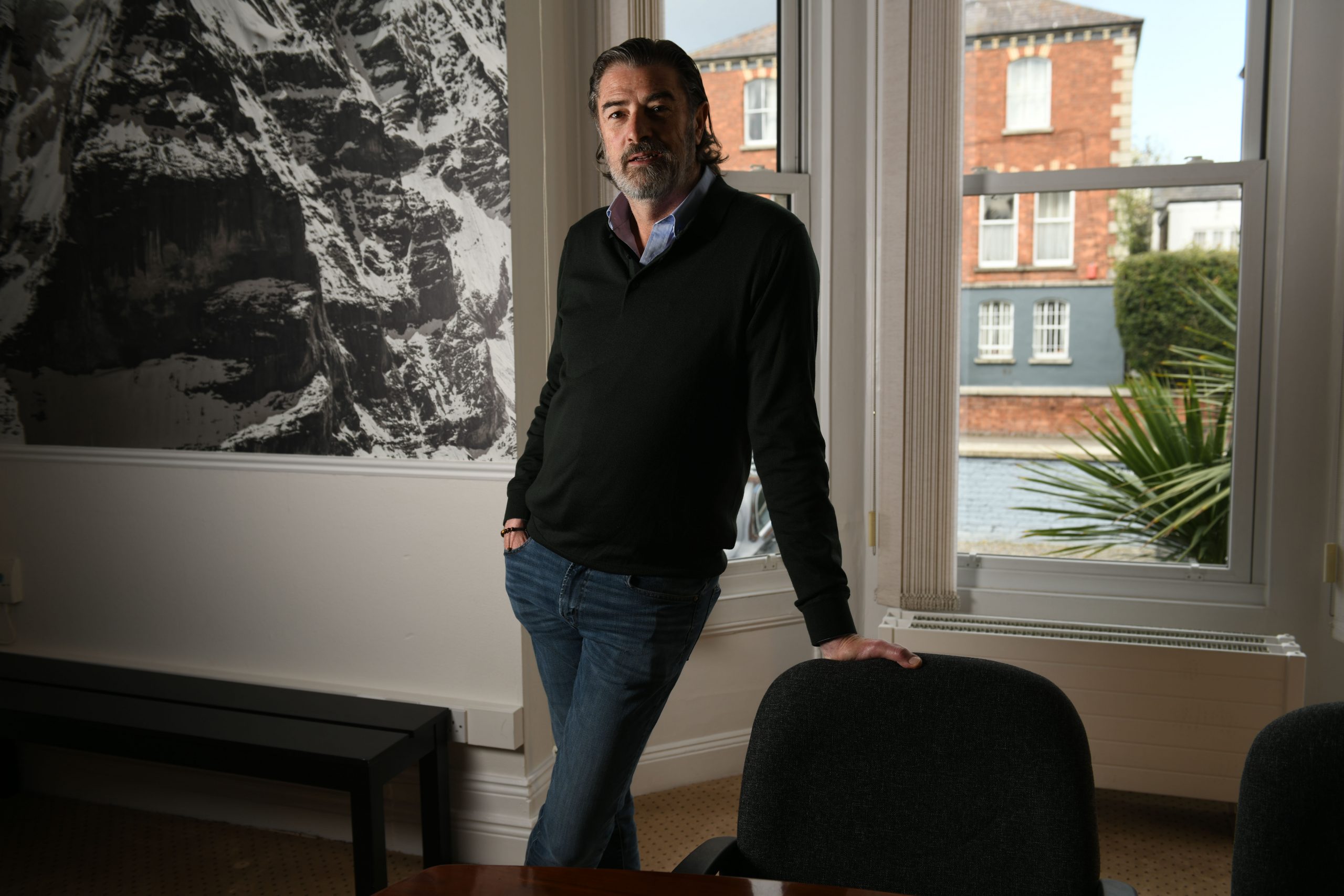As soon as you reach the front door, you get a sense that Urban Volt is a company intent on shaking up an old world with new ideas. Its head office is tucked away in a Victorian house in Dublin’s leafy suburb of Ranelagh, yet the electric cars charging at the back signal that those working here are ahead of the average corporate commuter. Inside, the office of chief executive Kevin Maughan is wallpapered with a floor-to-ceiling black-and-white photograph of a snowy Alpine landscape. Another room features a neon-coloured mural of a robot in a suit and tie. Maughan reckons…
Cancel at any time. Are you already a member? Log in here.
Want to read the full story?
Unlock this article – and everything else on The Currency – with an annual membership and receive a free Samsonite Upscape suitcase, retailing at €235, delivered to your door.

